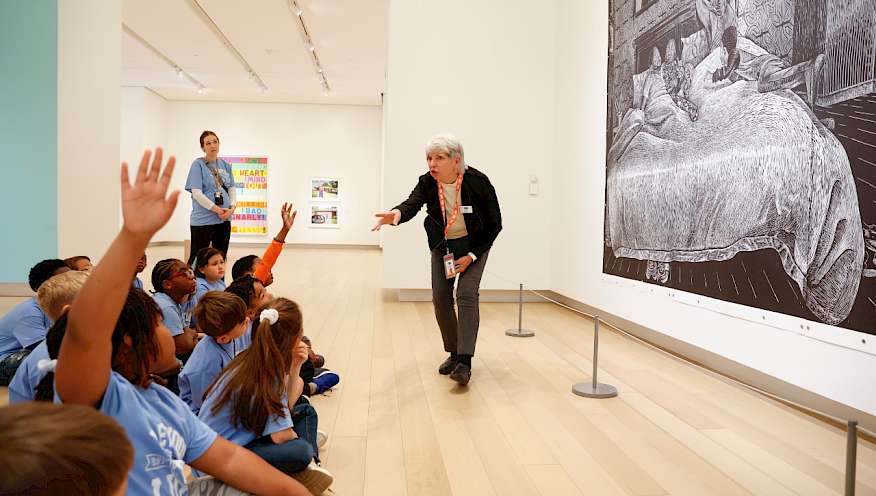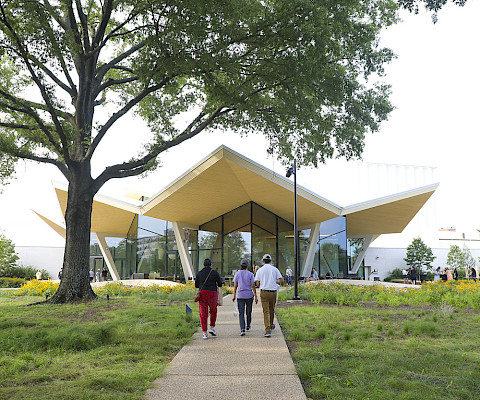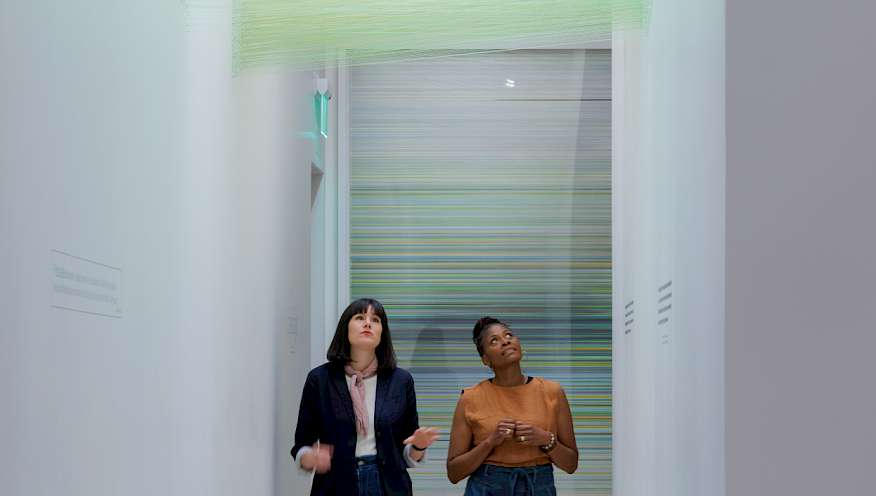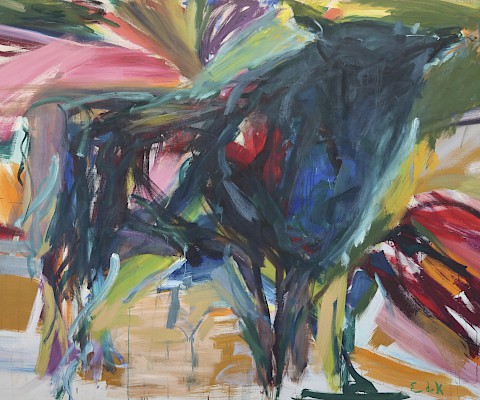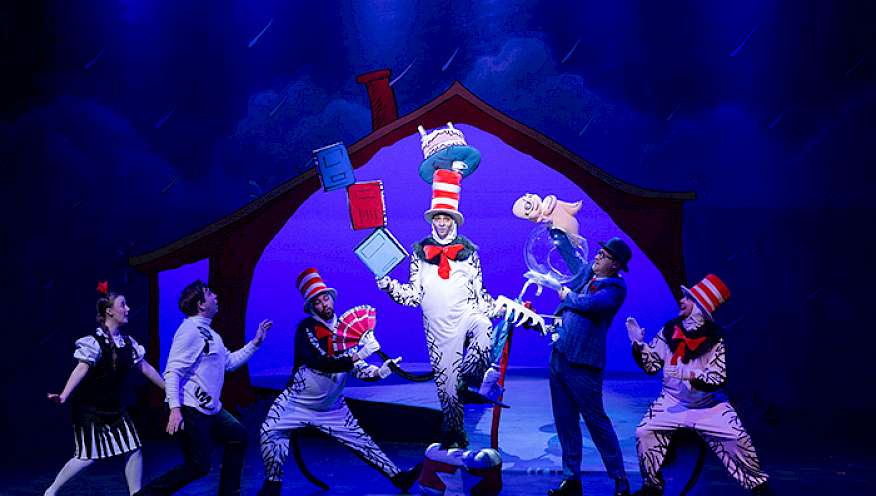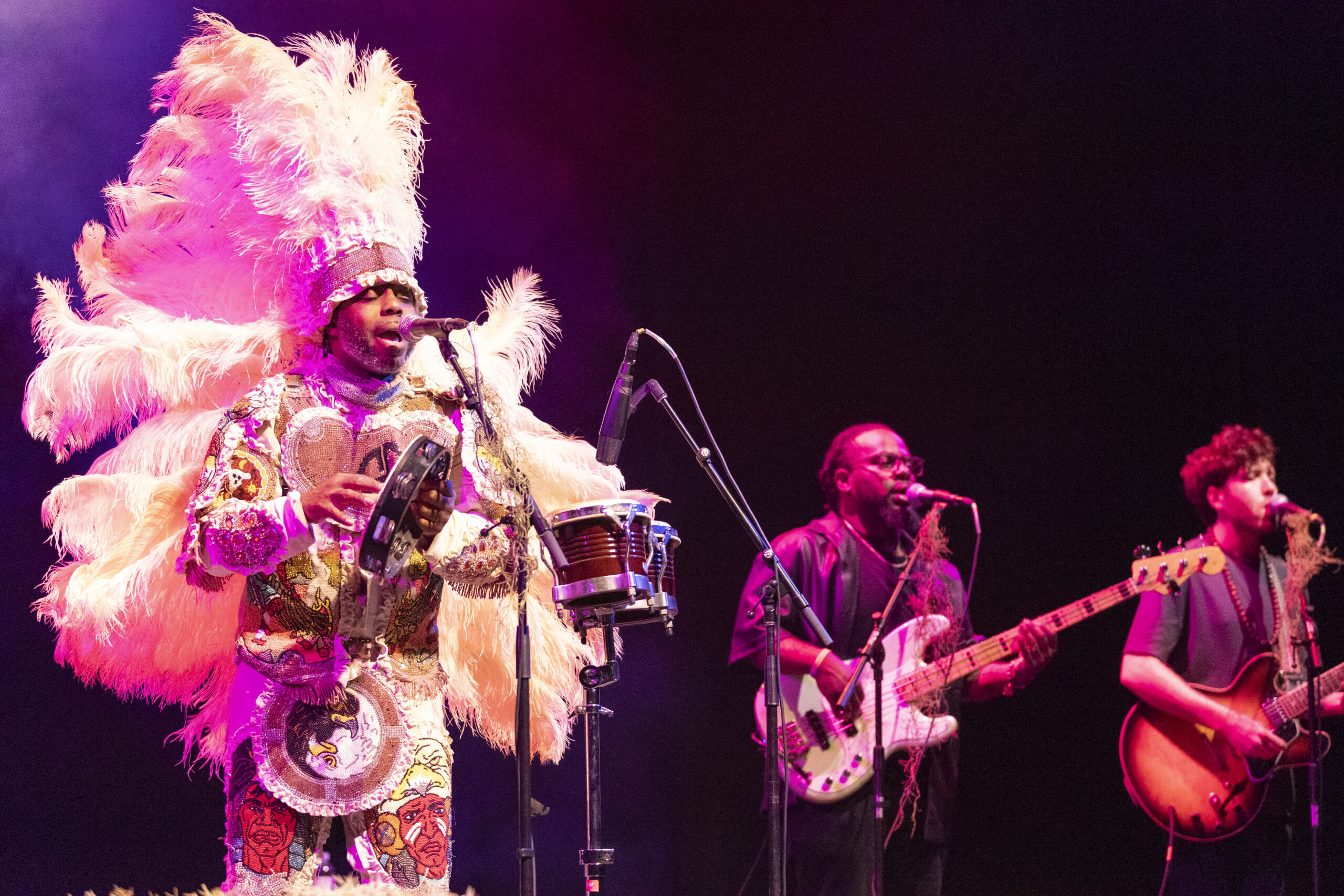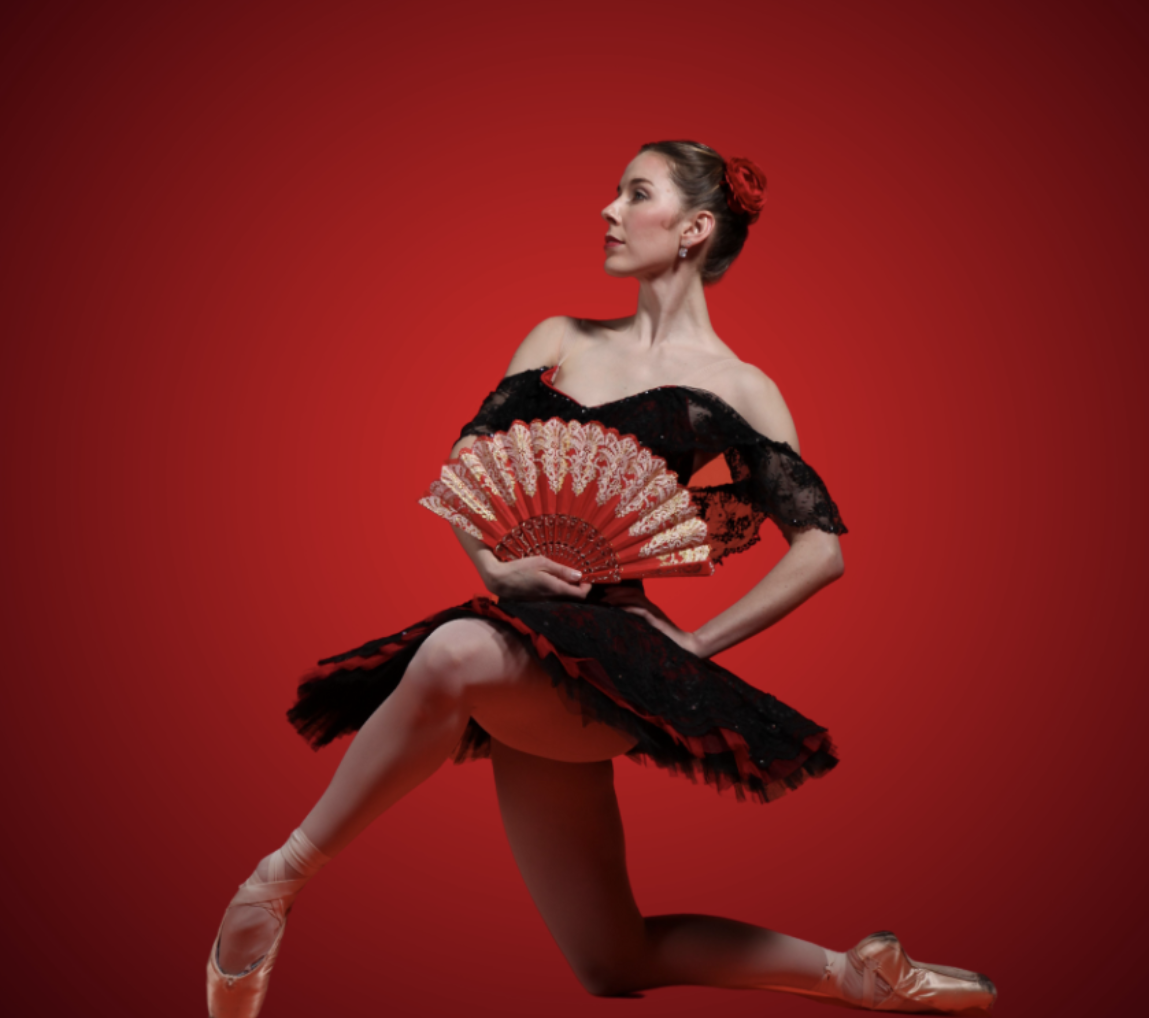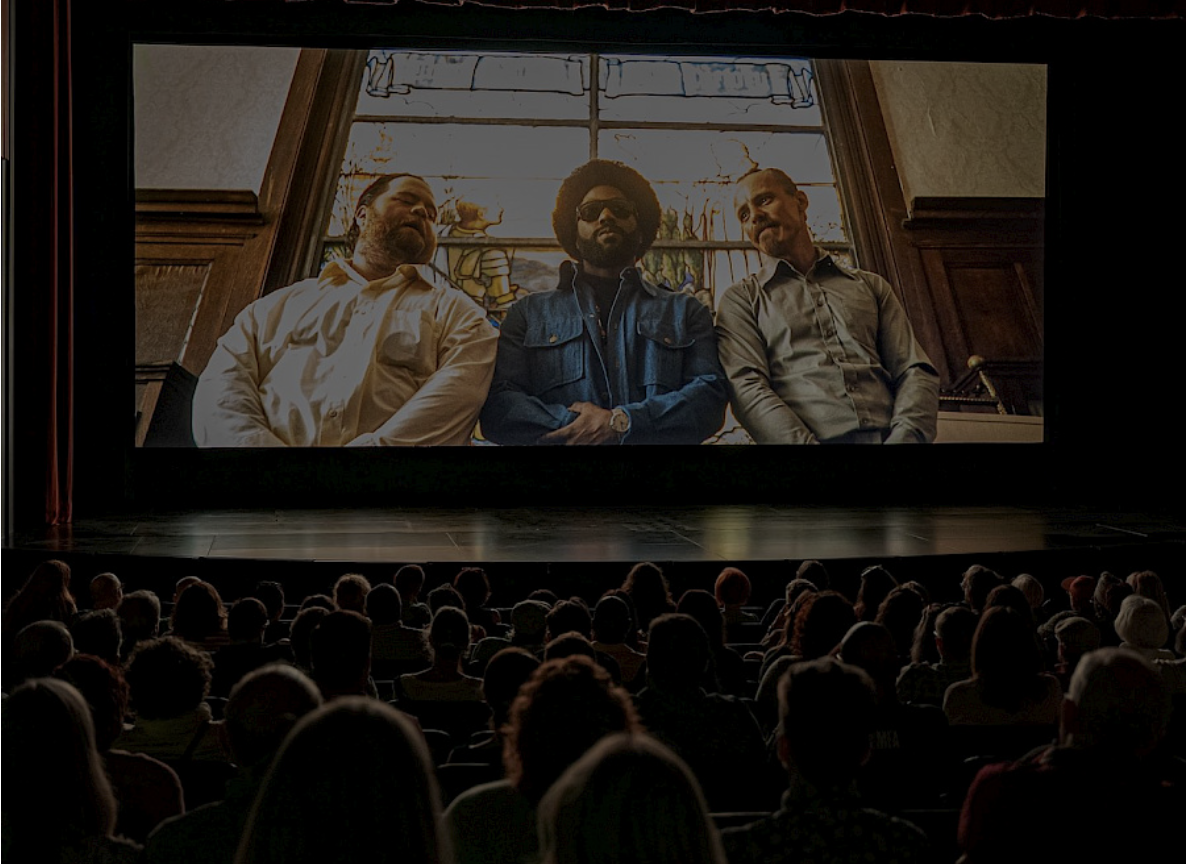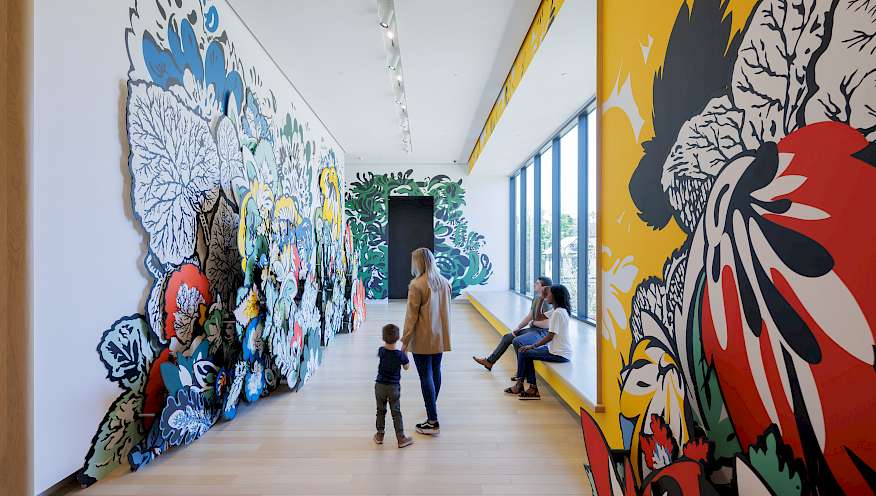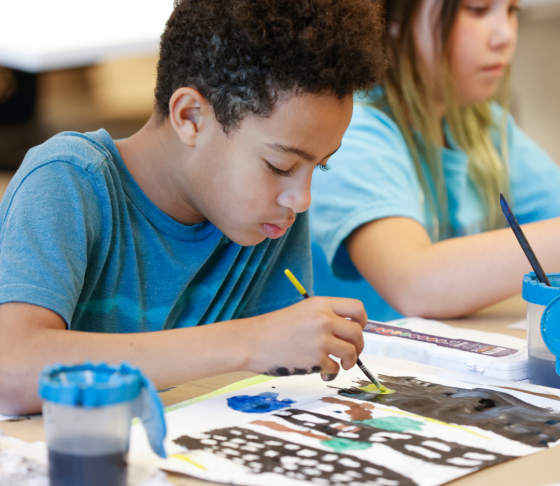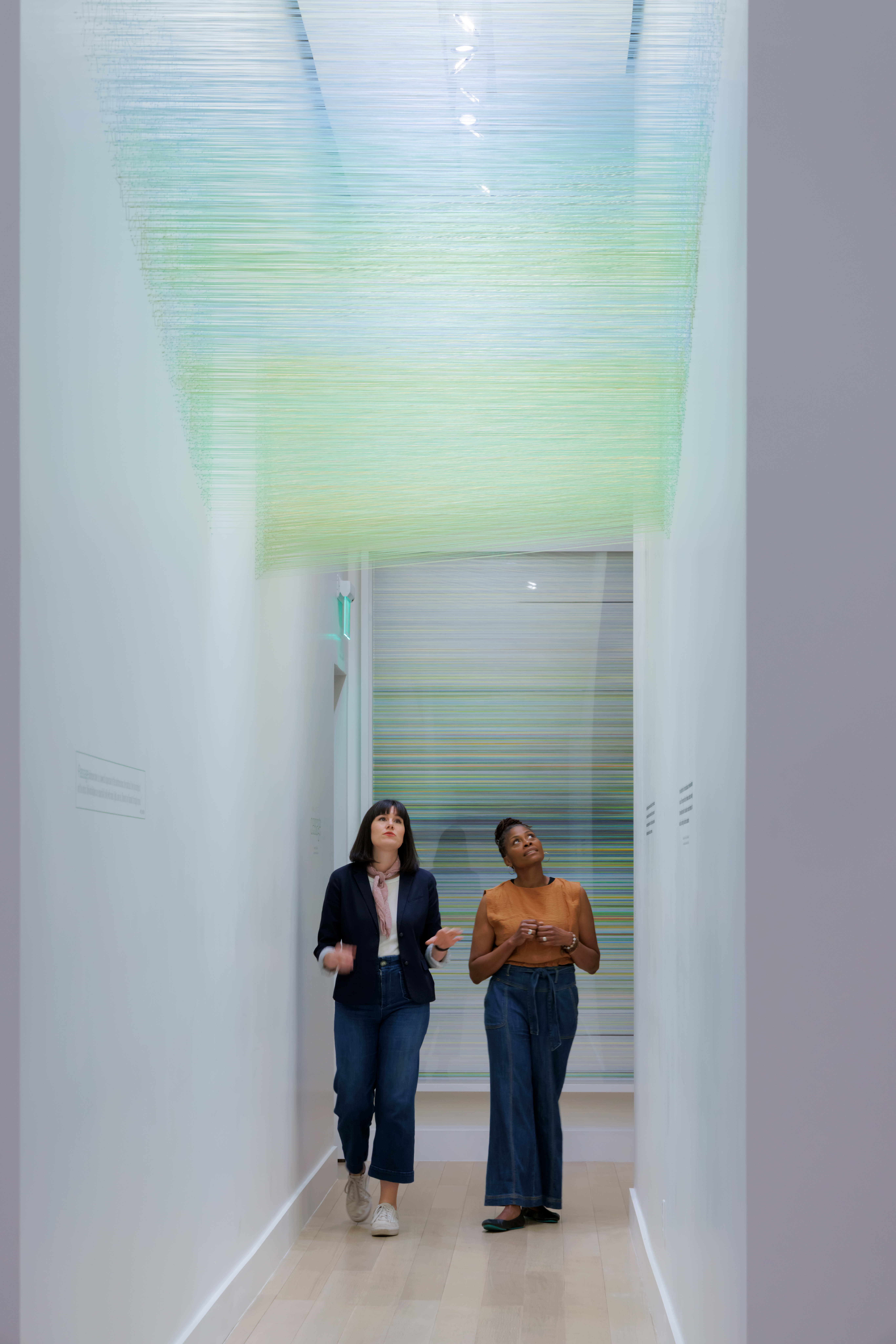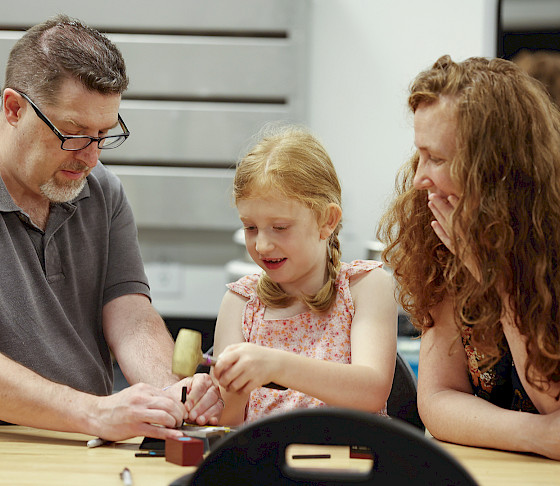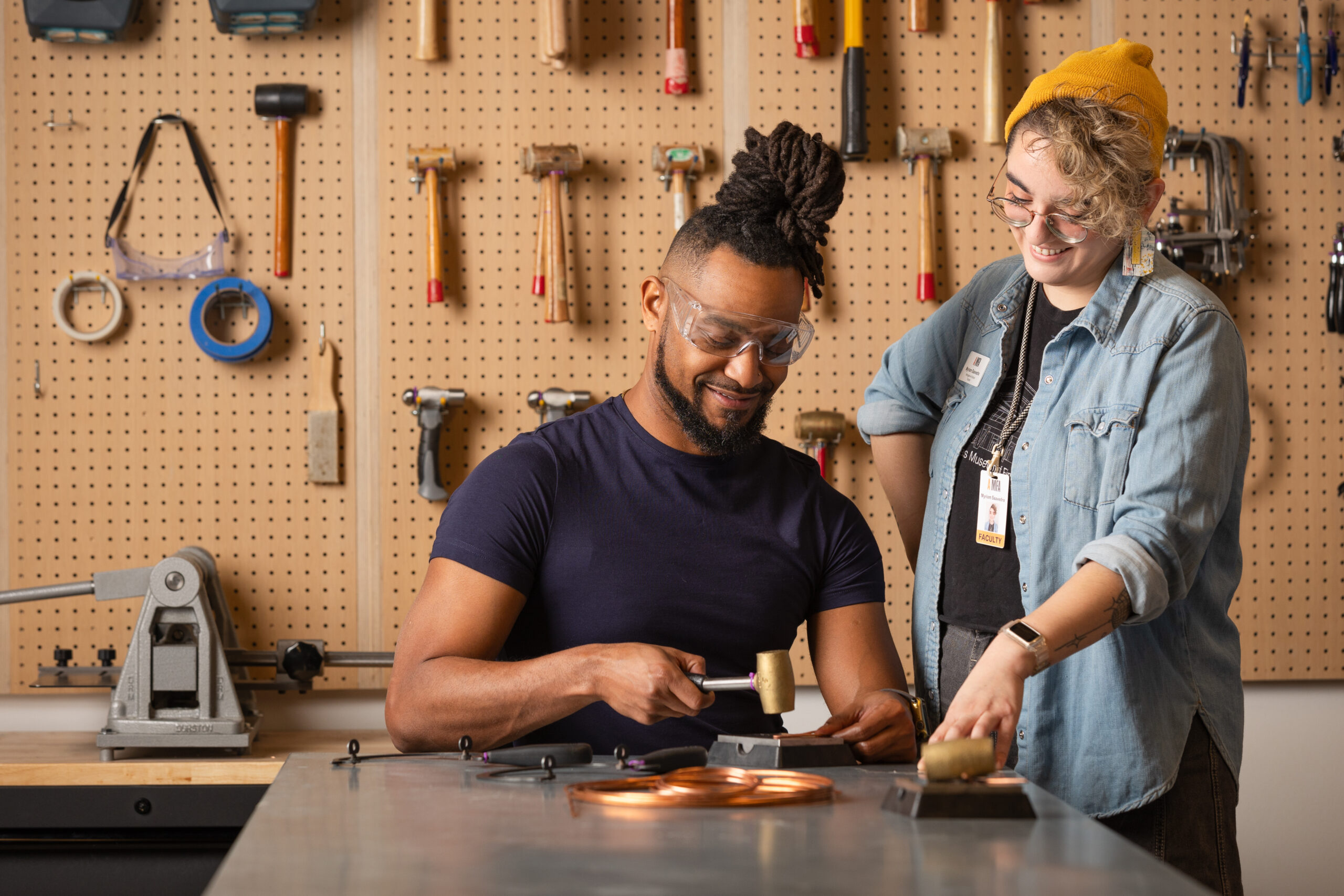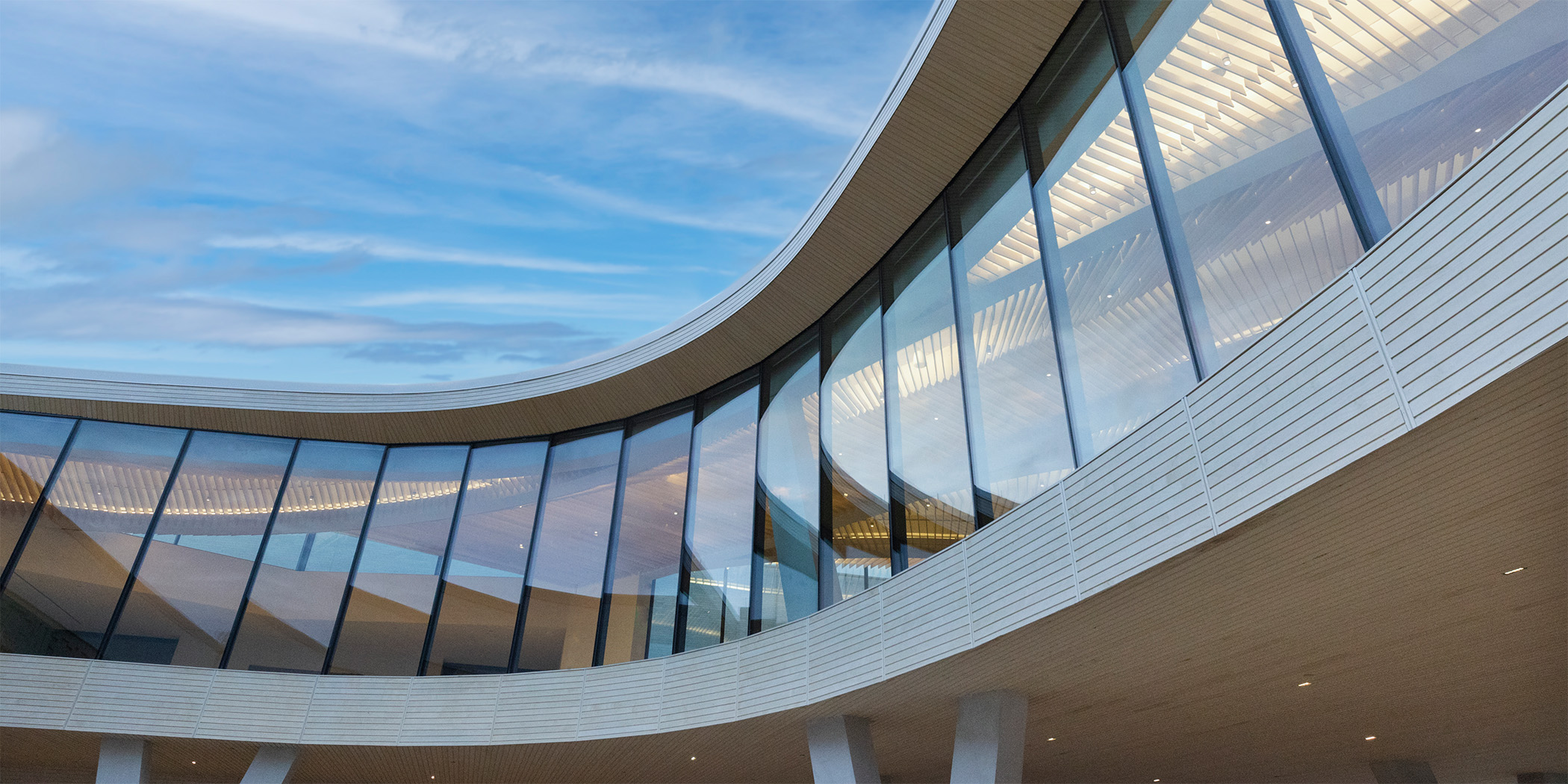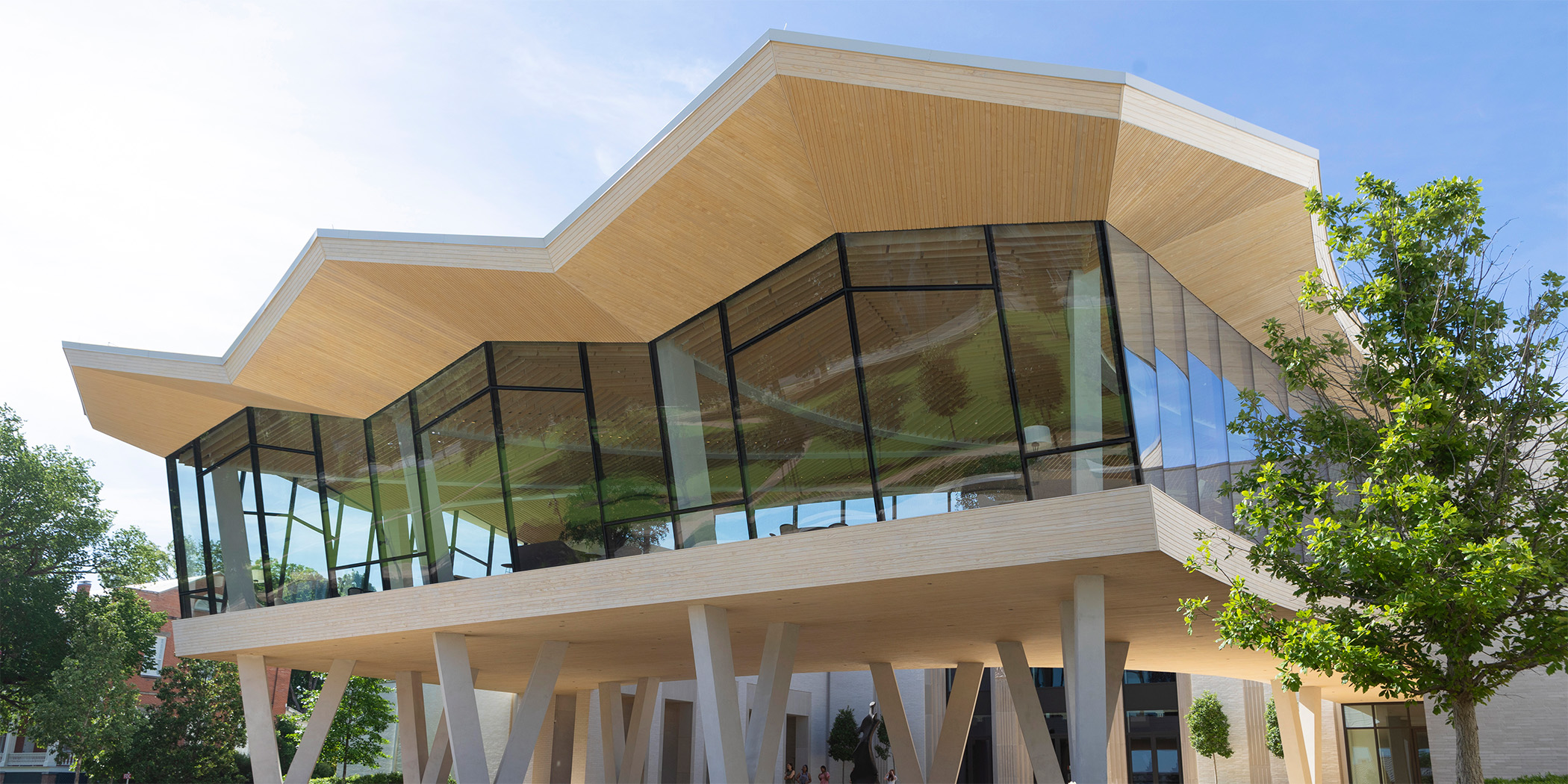Roy Lichtenstein
http://www.lichtenstein-roy.com/index.shtml 6-21-2011The American Pop-Artist Roy Lichtenstein was born in New York on October 27, 1923. He attends the Art Students League in New York in 1940, and continues his studies of art at the Ohio State University in Columbus until 1942. After the war, in which he serves as a soldier from 1943 to 1946, Roy Lichtenstein continues his art studies until 1949. As of 1951 Lichtenstein lives in Cleveland, where his first one-man show takes place, however, the exhibition is not crowned with success. From 1951 to 1957 he teaches drawing at Ohio State University. From 1957 to 1960 at New State University in Oswego, New York, from 1960 to 1963 at Douglass College of Rutgers University in New Brunswick, New Jersey. Roy Lichtenstein does not attain his own and unmistakable style before around 1960. He uses comic figures for his drawings. He paints six large format pictures after comic strips in 1961, transferring the matrix dots and speech bubbles to oil paintings. The patronage of the gallery owner Leo Castelli smoothens the path to a fruitful career. Comic strips, illustrations or classified ads are the basis for his works. Everyday life supplies him with raw material. Later Lichtenstein also uses master pieces of Modernism for his works, such as works by Cézanne, Matisse, Mondrian, and transforms them into his own characteristic style. He creates the "Mirror Paintings" from 1969 to 1972. As of 1970, Roy Lichtenstein creates large format murals and turns to sculptures in the 1990s.Roy Lichtenstein is, together with Andy Warhol, the most important representative of Pop-Art, he dies in New York in 1997.------------------------------------------"Lichtenstein, Roy," Microsoft® Encarta® Online Encyclopedia 2000http://encarta.msn.com © 1997-2000 Microsoft Corporation. All rights reserved. American painter, sculptor, and graphic artist, best known for his large-scale paintings and prints based on comic strips. Along with fellow American artist Andy Warhol, Lichtenstein was one of the central figures of the American pop art movement in the 1960s, which celebrated popular, commercial images.In the 1950s Lichtenstein painted works in a series of different styles. His subject matter also ranged from reproductions of 19th century paintings to commercial illustrations, and eventually comic strips. His trademark comic-book style dates from 1961, when he began to reproduce not only the subject matter but also the appearance of comic strips printed in newspapers. To accentuate the mass-produced quality of his cartoon heroines and fighter pilots, he imitated the newspaper printing style, using patterns of colored dots to achieve different tones (fewer dots read as a lighter shade), a limited number of colors, and heavy black outlines. Throughout his career he consistently applied these comic-strip conventions to a wide variety of subjects, including takeoffs on the paintings of other artists, large expressionistic brushstrokes, and architectural details. He created a series based on well-known works by modern European masters such as Pablo Picasso, Henri Matisse, and Claude Monet, and in 1996 based another series on Chinese landscape paintings. In his ceramic and painted bronze sculptures, Lichtenstein used the same flattening, two-dimensional devices of his paintings to depict subjects ranging from explosions to goldfish bowls, cups with steam rising from them, and brushstrokes floating in the air.Born in New York City, Lichtenstein began his artistic studies in 1939 with American artist Reginald Marsh at the Art Students League, New York City. He attended Ohio State University in Columbus, Ohio, where he earned his M.F.A. (master of fine arts) degree in 1949. He stayed on to teach there for several years, and from 1957 taught at the State University of New York at Oswego. From 1960 to 1963 he taught at Douglass College in New Brunswick, New Jersey, where avant-garde artist Allan Kaprow introduced him to a form of performance art called happenings, and to the artists who created the form, including Claes Oldenburg and Jim Dine. Lichtenstein's first solo show of comic-strip paintings, at the Leo Castelli Gallery in New York City in 1962, was one of the first pop art exhibitions and created an art world sensation. In 1993 and 1994 the Solomon R. Guggenheim Museum, in New York City, held a retrospective exhibition of his work.----------------------------------------------------------------------


